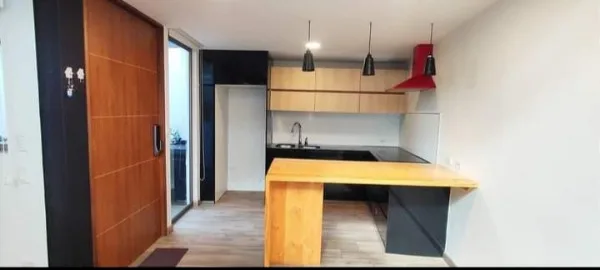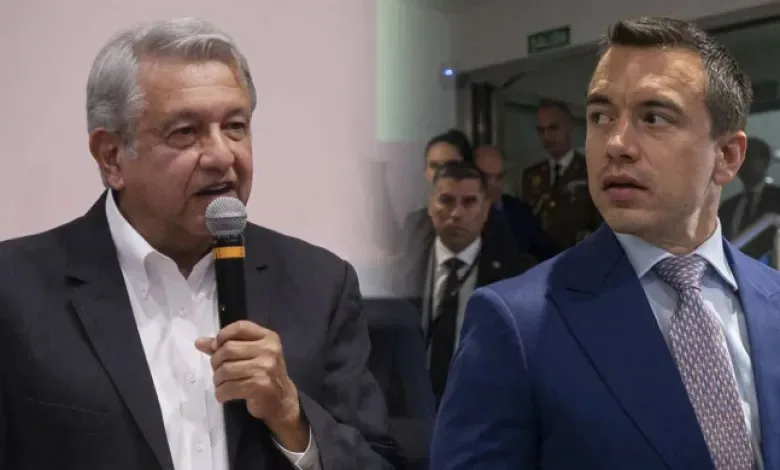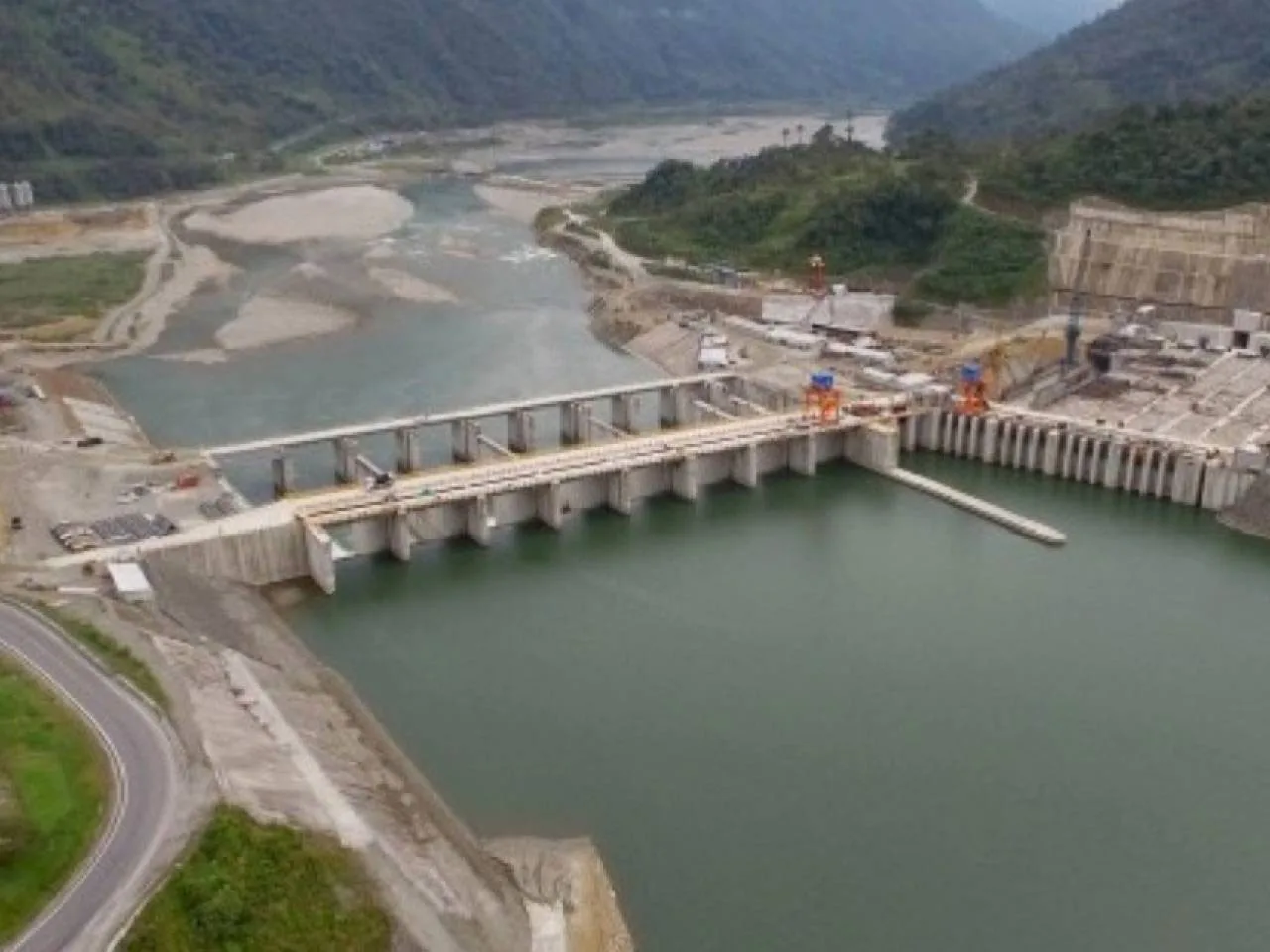As drug-related murders skyrocket on Ecuador’s coast, the government looks to radar for solutions
The murders began Friday in Guayaquil, just hours after a joint police – military operation made the largest drug bust in Ecuador history. The cache of cocaine, opioids and Chinese-produced drug-making chemicals was valued at $450 million and was presumed to have arrived by shipping container at the Port of Guayaquil.

Part of last week’s $450 million drug seizure near the Port of Guayaquil.
“Once we made the confiscation, I predicted murders would follow,” says Henry Tapia, National Police commander for the Guayaquil district. “The financial loses to the investors and handlers of the shipment were huge and there was no doubt they would be looking for who leaked information. I knew there would be scapegoats.”
He was right. From Friday night through Sunday afternoon, there were five hit-man style murders in the Guayaquil area. Four of the victims were said by police to be connected to the drug trade. The fifth was considered “collateral damage.”
Murders in Ecuador’s coastal provinces are up 300 percent in 2021 over the same period in 2020. They increased more than 200 percent in 2020 over 2019. “It is an epidemic much deadlier than Covid and it is all related to the off-shore drug traffic,” says Tapia. “We must stop it before it gets even worse.”
Tapia says the drug shipments sparking the violence are almost all destined for countries other than Ecuador. “We are just a way-station for products from Peru, Chile and China. Ultimately, it is headed to the United States although some will go to Colombia and Central America and eventually to Europe. Much of it comes in through the ports in Guayaquil, Machala and Manta but the amount arriving by air and fast boat is increasing.”
The National Police command estimates that 90 percent of the murders occuring in Guayas, Santa Elena, Manabí and Esmeraldas Provinces are drug-related. “These are sophisticated operations connected to Colombian and Mexican cartels and they use hired hit-men to kill those they want eliminated,” says Jorge Espinel, coordinator of drug interdiction operations.
He adds that the drug trade is also responsible for most of the recent murders in Ecuador’s prisons. “Many of those incarcerated worked in the drug business and there is an interest within the gang system, which is drug-related, to remove those who betrayed members or who might share information with the government.”

One of the victims of last weekend’s drug-related murder spree in Guayaquil.
Espinel agrees with Tapia that immediate action is needed to slow the violence and the drug trade that creates it. “We don’t have this violence in the rest of the country. Quito and Cuenca have some of the lowest murder rates in the Americas. This is a coastal problem that needs our immediate attention.”
So what’s the solution? Among other things, the police and military believe it is increased radar surveillance. “We have very poor control in the technological area and are purchasing equipment to improve it,” says Colonel Mario Pazmiño, the Army Intelligence officer who works with police on illegal drug operations.
“We have had radar equipment for years but it doesn’t work,” he says. “In 2013, the Correa government spent almost $100 million for air and marine equipment from the Chinese but parts were missing and it was never installed. It’s still in the warehouse. We have to start over and buy a new system.”
According to the military command, installation of the new equipment is almost complete and should be operational soon. “What it will do is spot small aircraft landing on private air strips in Santa Elena and Manabí or making bundle drops on the shore,” says Pazmiño. “The marine equipment will spot small boats coming in for drops.” He estimates that radar surveillance can intercept more than half the drug shipments arriving the country.
In other anti-drug action, Pazmiño says new protocols are being established at the ports to intercept drugs arriving on container ships. “This is how the big shipment arrived last week in Guayaquil,” he says. “In addition to new inspection rules, we must also increase efforts to stop bribery among port workers. We have made a number of arrests in Manta and Guayaquil and expect to make more.”
Besides intercepting drug shipments, Pazmiño says the new surveillance is also intended to discourage drug cartels from using Ecuador as a transfer point. “If we confiscate more of their products it may become too expensive for them to do business here. They already have strong networks in Colombia and Central America and can shift operations there.”
For Tapia, it’s all about stopping the murders. “I like the new plan and salute the new government for making it a priority. We don’t want Ecuador to become the new killing ground for the drug trade. We will leave that to Colombia and Mexico.”


















